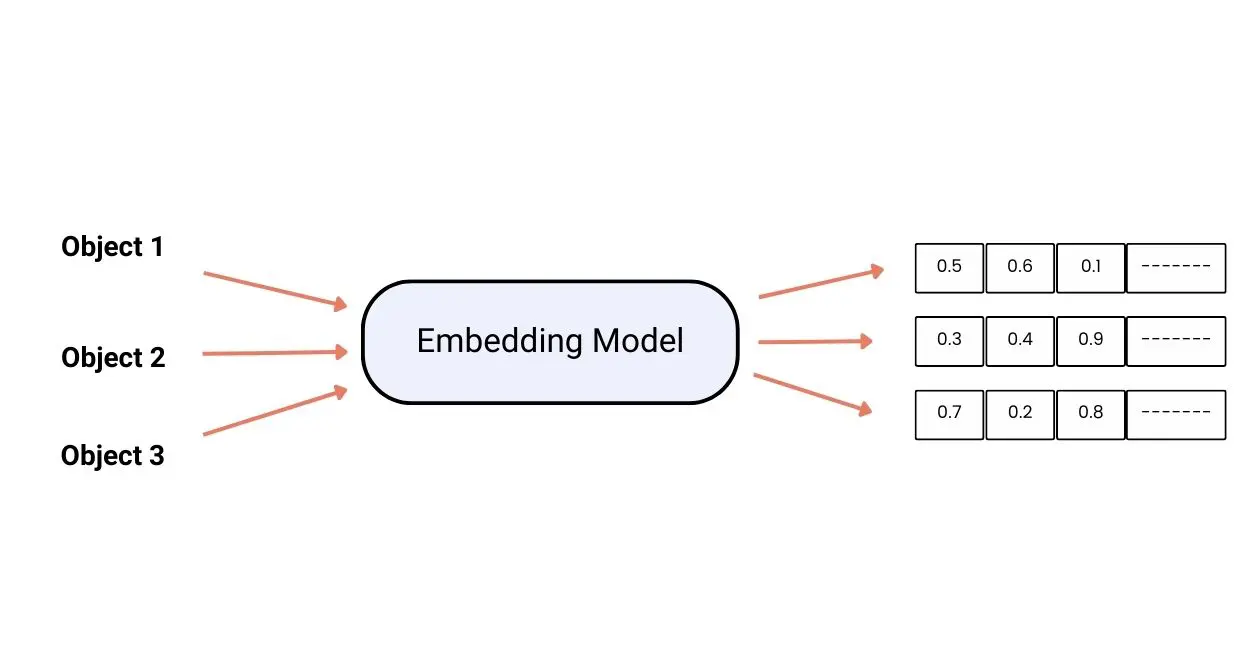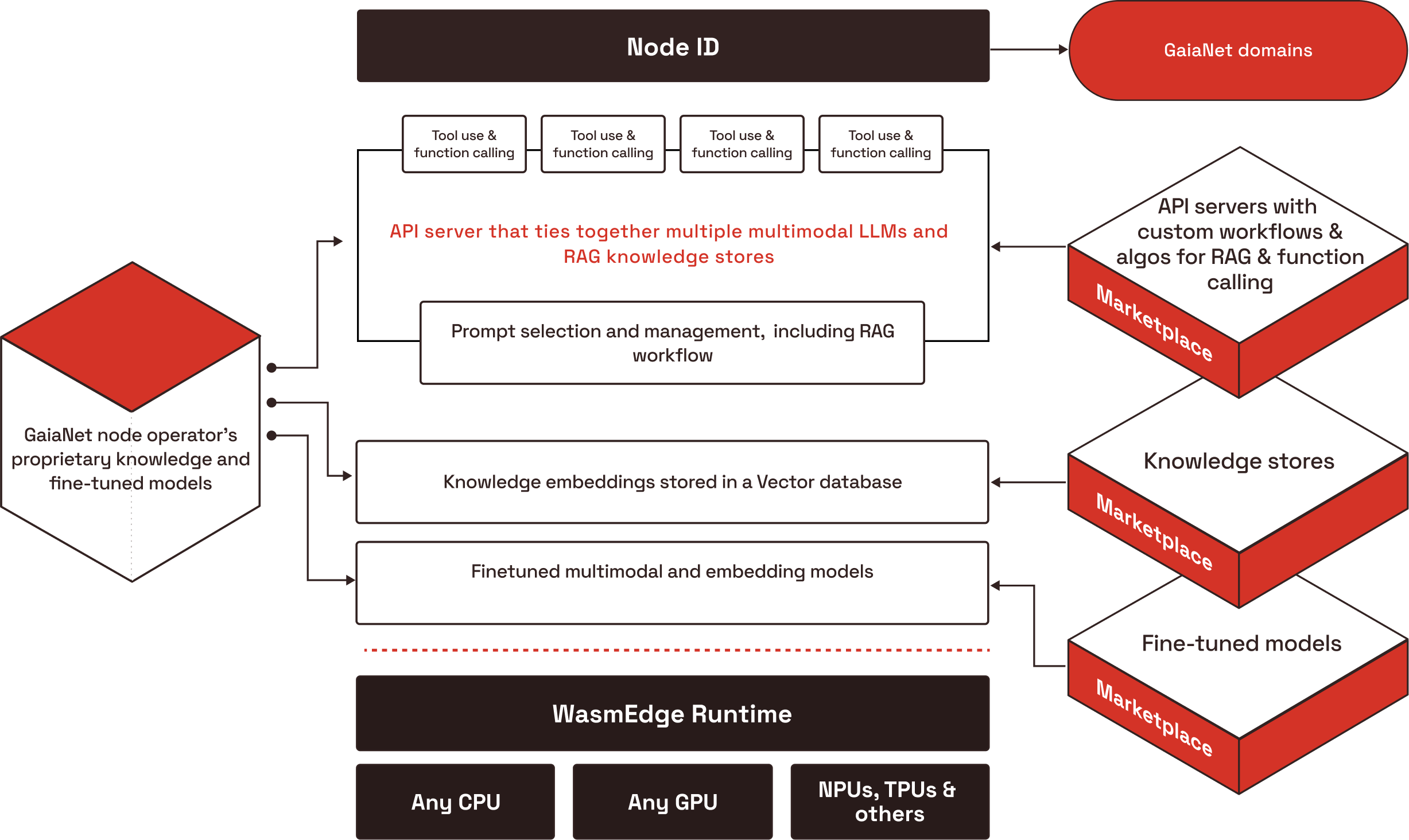Welcome to the Web3 world, where digital finance and applications are shown in a revolutionary way through the fusion of blockchain technology, cryptocurrencies, and a pioneering spirit. Are you overwhelmed by the wealth of terms in the Web3 world that you don’t understand? Are those slang barriers for you to learn about Web3? Don’t worry! We’re here to explain the obscure terms to guide your learning. Today, we're diving into an innovative development in the world of Web3: embedding model.
An embedding model is an algorithm designed to convert information into dense representations in a multi-dimensional space. These representations, or embeddings, enable machine learning (ML) models to comprehend and reason with high-dimensional data more efficiently. By encapsulating complex data into compact vectors, embedding models facilitate various ML applications, including natural language processing, recommendation systems, and more.

Source : Datasciencedojo
Embedding models use neural networks to process input data and produce a set of continuous-valued vectors. These vectors, or embeddings, capture the semantic meaning of the data, allowing for more nuanced and accurate analysis. Key components of embedding models include:

Source : Gaianet
Embedding models serve several critical functions in machine learning and data processing:
In the GaiaNet network, embedding models play a vital role in enhancing the functionality and performance of various applications:
Embedding models are a foundational technology in the machine learning landscape, providing the means to transform complex data into manageable and insightful representations. In the GaiaNet network, embedding models enhance the functionality and performance of various applications, enabling more efficient data processing and analysis.
By leveraging the power of embedding models, developers and data scientists can unlock new possibilities in Web3 and beyond, driving innovation and improving user experiences in the decentralized digital world. Understanding and utilizing embedding models can open the door to more advanced and effective ML applications, making them an essential tool in the ever-evolving field of Web3 technology.